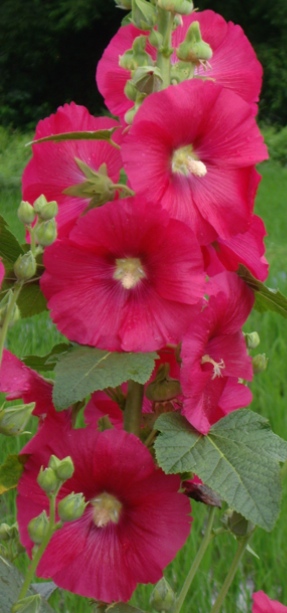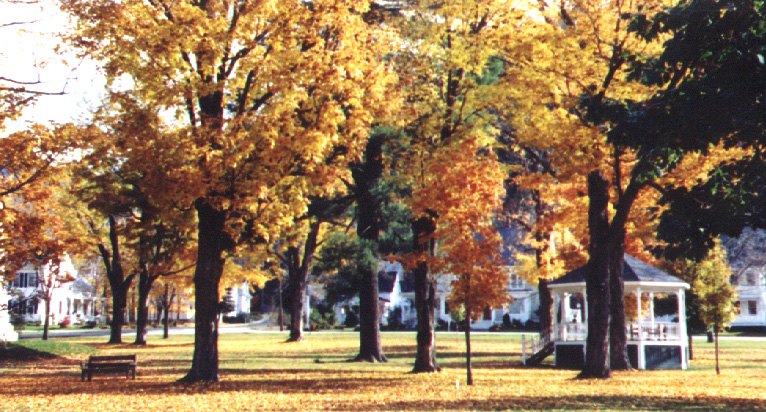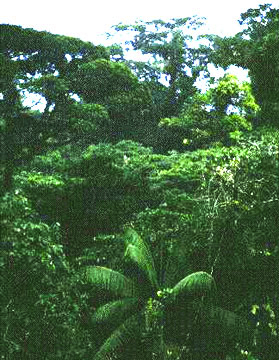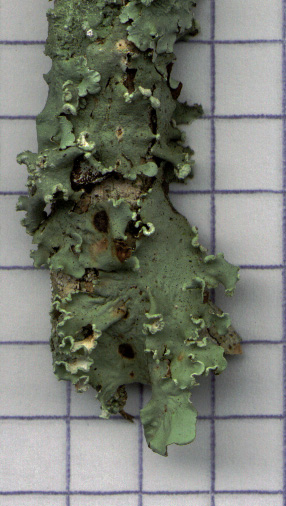€ What is a seed?
€ What is soil?
€ What is water?
€ What is a seed?
€ What is soil?
€ What is water?
Together these separate items, create the conditions of a miracle, "milagro;" that is the miracle of life. Such miraculous places where seed can sprout are found only in suitable areas of our earth, which scientists call the biosphere. Long ago Theophrastus, the student of Aristotle, called such suitably optimal places for plants to thrive, the Oikios topos, [OIKIOS TOPOS] in Greek. What we might call the home range, or place it is housed should imply the seeds optimal space for growing, maturing into a plant and before it dies to seed again. Bathed in water the seed sprouts to find, if fortune prevails, a suitable spot with sufficient sunlight and nutrients to grow, mature and live to seed again.
The ecologist and philosopher Henry David Thoreau kept field notes on the forests he traversed in Concord, along the Merrimack River, in New Hampshire, and along the sands of Cape Cod. Long unpublished he left us a record of inestimable value about the precise way that seeds and landscape are actually two parts of the same entity; two essential ingredients in one manifest creation.
"As there is even yet a lingering doubt in many minds with regard to some trees, whether they bear flowers and seed or not, it is more important to show not only that they do, but for what purpose? We are so accustomed to see another forest spring up immediately, as a matter of course, when one is cut down,...that we hardly associate seeds with trees...."
"and do not anticipate the time when...we shall be obliged to plant [trees], as they do in all old countries. The planters of Europe must therefore have a different and much more correct notion of the value of seeds that we."

Thoreau advocated that every township set asidr acres of trees to preserve. A Vermont town common, 2004.
"As time elapses and the resources from which our forests have been supplied fail, we too shall of necessity be more and more convinced of the significance of the seed."
"My purpose in this chapter is to show how according to my observation, our forest trees and other vegetables are planted by Nature."
"It remains, then, only to show how the seed is transported from where it grows to where it is planted. This is done chiefly by the agency of the wind, water, and animals. The lighter seeds, as those of pine and maples, are transported chiefly by wind and water; the heavier, as acorns and nuts, by animals."
Henry David Thoreau, "The Dispersion of Seeds," Faith in a Seed, Bailey P. Dean, ed. (Washington, D.C.: Island Press, 1993), (pp. 23-24).
 In the optimal place--that is the right setting where soil, shade, temperature, slope and moisture, allow for seeds to sprout--a single
cell gives rise to all the diverse and huge plants we see around us. These are the plants that animals depend on to live. Even animals grow
from single-celled seeds into enormously active multiple celled creatures who enliven, adorn or vex us in what we mistakenly think is our world. We also grow from a single cell. What we do not see as clearly and as cleverly about our surroundings is the need for plants to rely on fungus and both together relying on bacteria.
In the optimal place--that is the right setting where soil, shade, temperature, slope and moisture, allow for seeds to sprout--a single
cell gives rise to all the diverse and huge plants we see around us. These are the plants that animals depend on to live. Even animals grow
from single-celled seeds into enormously active multiple celled creatures who enliven, adorn or vex us in what we mistakenly think is our world. We also grow from a single cell. What we do not see as clearly and as cleverly about our surroundings is the need for plants to rely on fungus and both together relying on bacteria.
To understand a seed, is to understand more than a forest--its  fungus and bacterial associates--or any plant, to which seeds, in growing, give rise. Together these bacteria, fungus and plants thrive as they do in any lichen you may find on the trees or on the ground. They live together in a way that benefits each without diminishing from the survival of their entirety.
fungus and bacterial associates--or any plant, to which seeds, in growing, give rise. Together these bacteria, fungus and plants thrive as they do in any lichen you may find on the trees or on the ground. They live together in a way that benefits each without diminishing from the survival of their entirety.
By comprehending the encapsulation of life in a seed you come to understand the world and how you came into this "garden." This is the garden that Genesis and the Koran both command us to keep and renourish. We may do so by our commitment to the seeds we seek to plant and the gardens of life we choose to nourish.